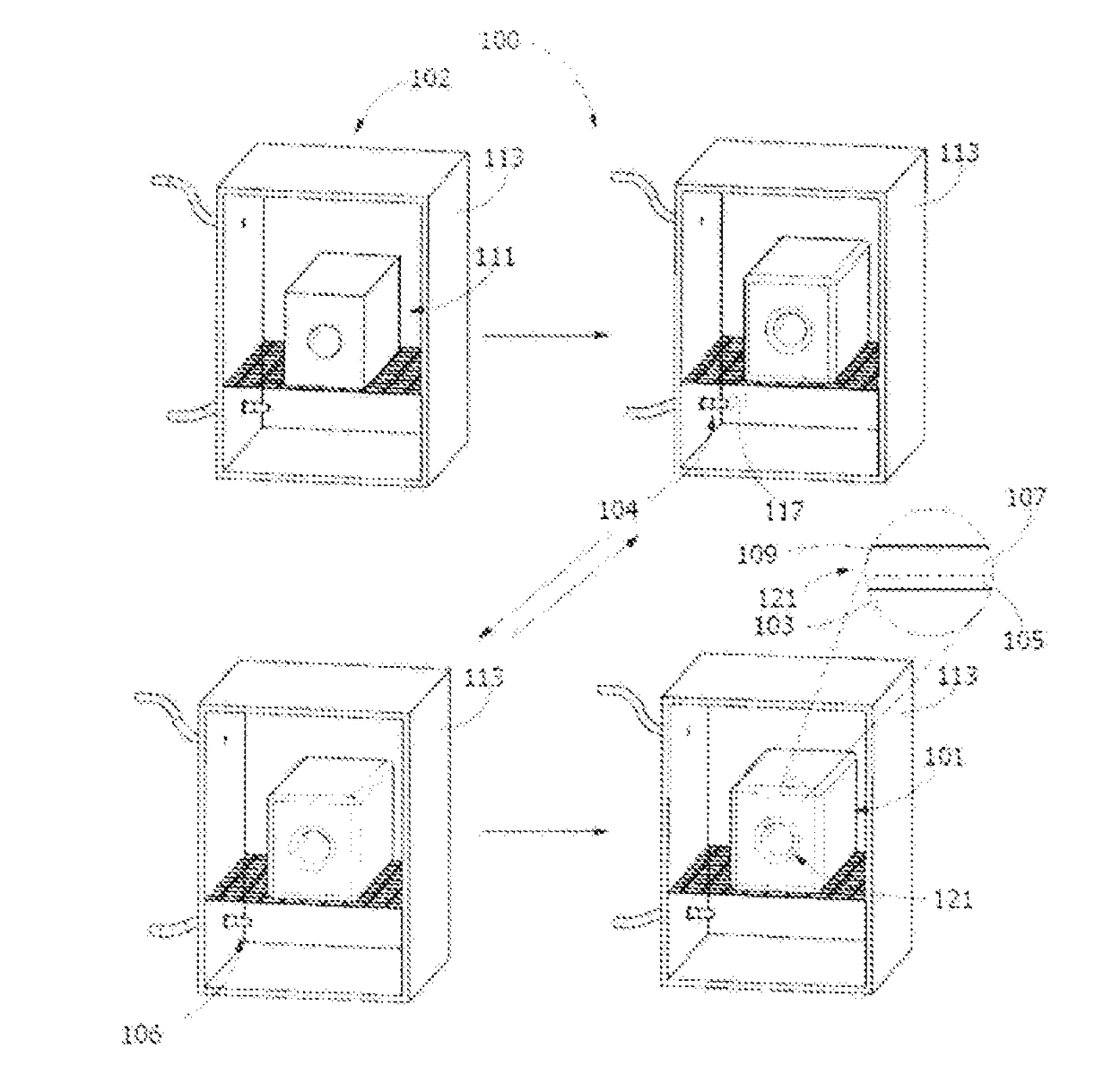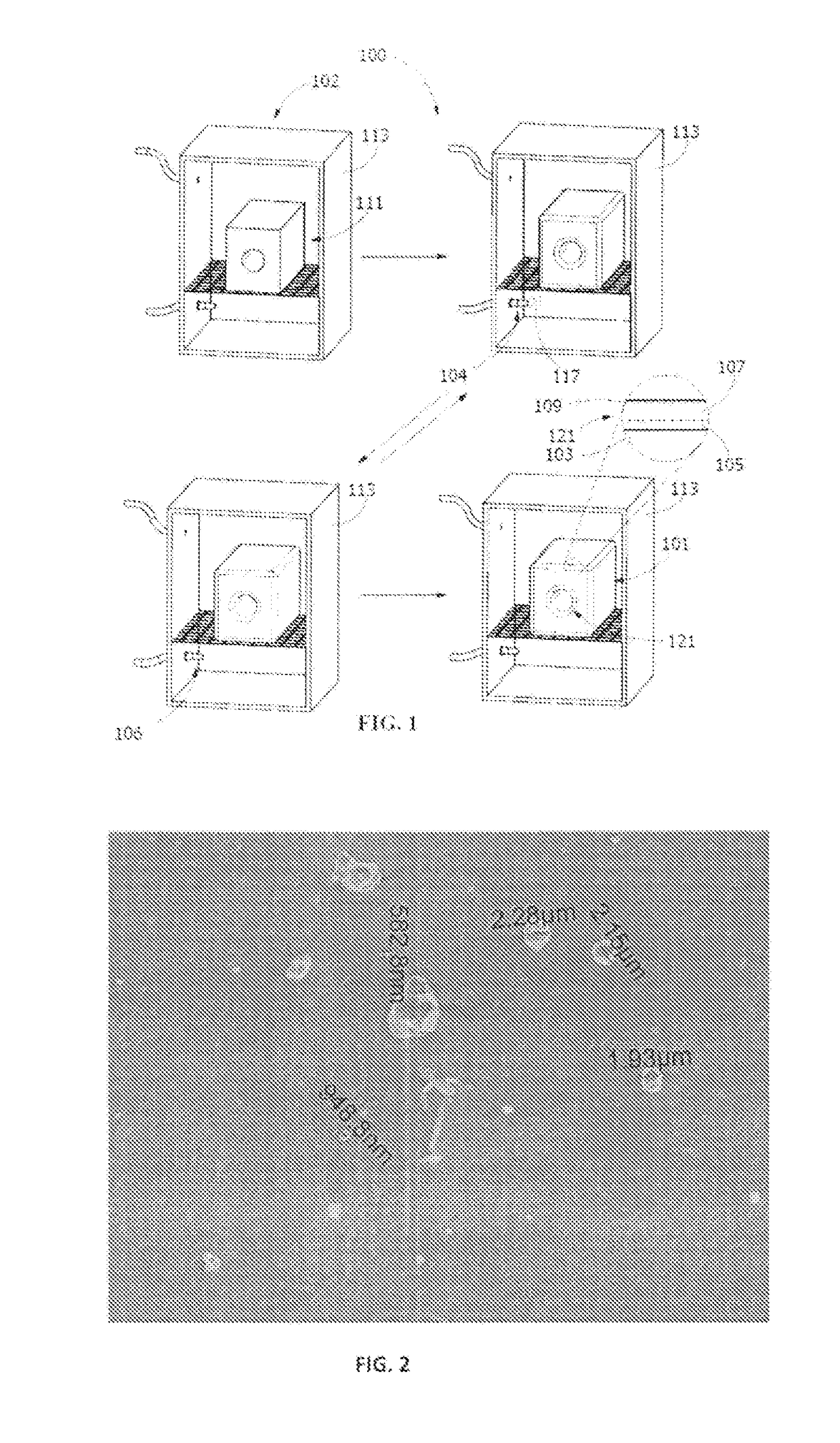Thermal chemical vapor deposition coating
a chemical vapor deposition and coating technology, applied in chemical vapor deposition coating, coating, metallic material coating process, etc., can solve the problems of limited flow-through process, high cost and waste, and single-layer process of atomic layer deposition that has substantial economic challenges
- Summary
- Abstract
- Description
- Claims
- Application Information
AI Technical Summary
Benefits of technology
Problems solved by technology
Method used
Image
Examples
examples
[0063]In a first experiment, a stainless steel coupon was coated at 390° C. at a pressure of 7.75 psia for four 30-minute cycles. The coated stainless steel coupon resulted in a coating substantially free of silicon dust, but with dust at a minute concentration of, per 100 square micrometers, greater than 6 particles having a dimension of greater than 0.5 micrometers.
[0064]In a second experiment, a stainless steel coupon was coated at 410° C. at a pressure of 3.87 psia for four 45-minute cycles. The coated stainless steel coupon resulted in a coating substantially free of silicon dust, but with dust at a minute concentration of, per 100 square micrometers, greater than 6 particles having a dimension of greater than 0.5 micrometers.
[0065]In a third experiment, a stainless steel coupon was coated at 410° C. at a pressure of 2.32 psia for four 45-minute cycles. The coated stainless steel coupon resulted in a coating substantially free of silicon dust, but with dust at a minute concentr...
PUM
| Property | Measurement | Unit |
|---|---|---|
| thickness | aaaaa | aaaaa |
| thickness | aaaaa | aaaaa |
| surface reaction rate | aaaaa | aaaaa |
Abstract
Description
Claims
Application Information
 Login to View More
Login to View More - R&D
- Intellectual Property
- Life Sciences
- Materials
- Tech Scout
- Unparalleled Data Quality
- Higher Quality Content
- 60% Fewer Hallucinations
Browse by: Latest US Patents, China's latest patents, Technical Efficacy Thesaurus, Application Domain, Technology Topic, Popular Technical Reports.
© 2025 PatSnap. All rights reserved.Legal|Privacy policy|Modern Slavery Act Transparency Statement|Sitemap|About US| Contact US: help@patsnap.com



